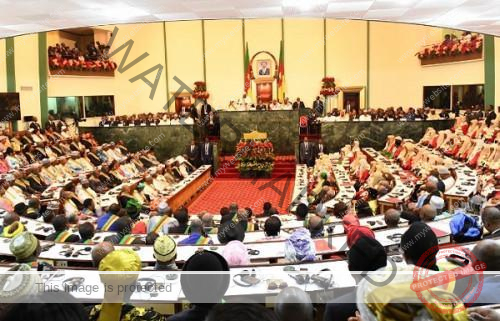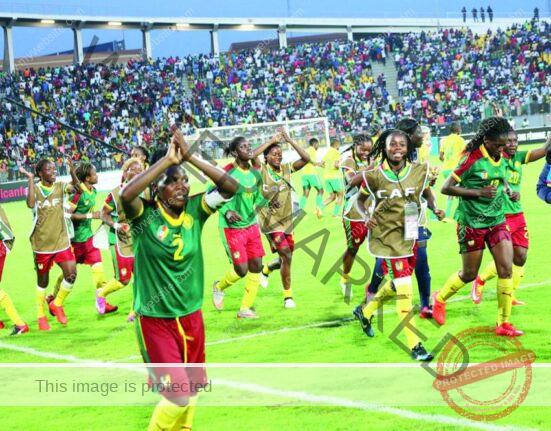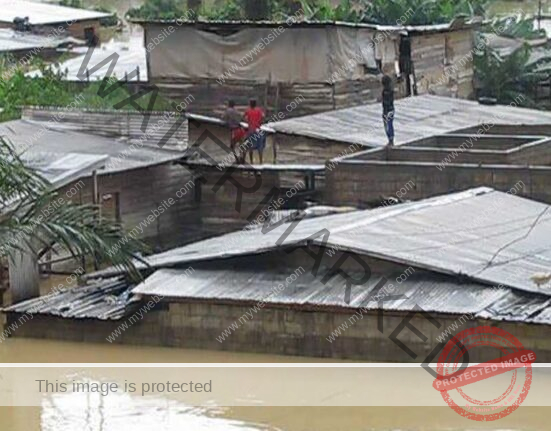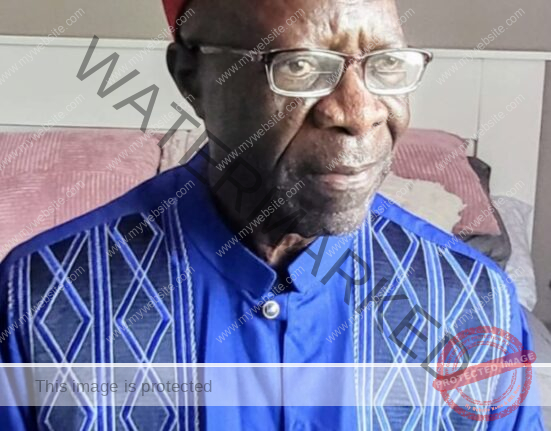The bridge at Ndu,part of a broader, deliberate strategy of national rebirth.
By Dr. Martin Mungwa, PhD, F.ASCE (US Licensed Professional Engineer)
In the rugged highlands of the Ndu Local Government Area, where mist curls over coffee plantations and rivers once separated kin from kin, a quiet revolution has taken place. Local engineers—sons and daughters of the soil—have constructed a bridge from start to finish, without foreign aid, colonial oversight, or corporate contractors.
What might appear to the outside world as a simple infrastructure achievement is, to Ambazonians, a sacred act of resistance and resurrection. It is a physical declaration that we, the people of Southern Cameroons Ambazonia, are no longer waiting for handouts from a failed colonial regime. We are building our future—brick by brick, beam by beam, and bridge by bridge.
From Subjugation to Self-Reliance
For decades, Ndu—like many parts of Ambazonia—was neglected by the Yaoundé regime. Colonial officials passed through only to extort, intimidate, or campaign with empty promises. Roads remained impassable. Rivers swallowed lives. Farms were cut off from markets. But in the midst of war, lockdowns, and systemic oppression, a new spirit has emerged—a spirit championed and embodied by President Dr. Samuel Ikome Sako.
Under Dr. Sako’s leadership, we have rekindled the idea of an Ambazonian state rooted in self-reliance, local governance, and institutional rebirth. His vision of popular education, decentralized empowerment, and a civil engineering-led nation-building program has found real-world expression in places like Ndu.
The engineers who led this bridge project are products of that vision. They refused to wait for international organizations or a crumbling Cameroonian Ministry of Public Works. They marshaled local knowledge, adapted design standards to the terrain, improvised materials when funding was tight, and involved every layer of society in the process.
Rebirth Through Engineering: A National Blueprint
This bridge is not an isolated success. It is part of a broader, deliberate strategy of national rebirth. In Dr. Sako’s post-genocide recovery plan, there will be a re-establishment of the Ambazonian Society of Engineers (ASE)—a professional body to unify and empower engineers across the homeland and diaspora. This will be paired with the revival of allied trade institutions such as guilds for masons, carpenters, electricians, mechanics, and civil contractors.
These institutions will serve as the backbone of the new Ambazonian economy, fostering technical excellence, vocational dignity, and job creation across every liberated local government area.
Central to this effort will be the development of a new Ambazonian Building Code, modeled after the International Building Code (IBC) but customized to reflect our terrain, seismic realities, climate, cultural materials, and economic conditions. This will ensure that infrastructure—whether bridges, schools, homes, or clinics—is not just built, but built to last.
In the words of Dr. Sako:
“Our struggle is not only to tear down oppression—it is to build up a nation. A nation of standards, safety, and sovereignty. We will engineer our freedom.”
The People Build While the Enemy Extorts
This bridge stands in stark contrast to the checkpoints and extortion posts operated by the colonial regime throughout Ambazonia. In Ndu alone, up to 25 checkpoints between the town center and Bamungu drain tens of thousands of francs daily from struggling transporters—collected by gendarmes under the tacit approval of their French handlers.
Where La République destroys, Ambazonia builds. Where they extort, we invest. Where they sow division, we foster unity. And this bridge is proof.
Engineering the Nation from the Ground Up
As a structural engineer myself, I know what it takes to turn blueprints into reality—especially under siege. The Ndu bridge is not just a crossing over water; it is a crossing over despair. It is a link between today’s suffering and tomorrow’s sovereignty.
It connects not just two pieces of land but two timelines: the time of colonial dependence and the time of Ambazonian independence.
Conclusion: Rebirth in Every Beam
The bridge at Ndu is not just made of concrete, timber, and steel. It is built on sacrifice, conviction, and the belief that Ambazonia is not a dream—but a nation under construction.
As we move toward total liberation, may this bridge be the first of many. May it remind us that our engineers are nation-builders. Our councils are centers of hope. And our President, Dr. Sako, is not simply leading a government-in-exile, but presiding over the awakening of a sovereign people.
Let us rise—one bridge, one vocational guild, one building code at a time—until the map of Ambazonia is filled not with checkpoints and barracks, but with the bright fingerprints of our own creation.
Dr. Martin Mungwa (US Licensed Professional Engineer)




















Leave feedback about this